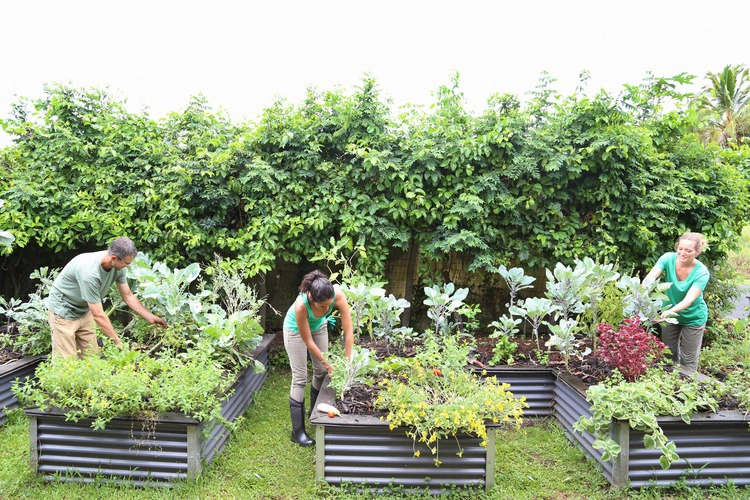
Discover what guerrilla gardening is and why it is taking off around the world
By
The constant warnings about the planet’s demise – its warming temperatures, unstable climate and dwindling wildlife – may leave you feeling helpless to make any difference. But ‘guerrilla gardening’ – the simple act of planting plants or gardening on available spaces – may provide a means to contribute to a better planet.
The catch? Guerrilla gardening is different from the usual activities taking place in gardens or allotments – and that’s because it is often done in public places without permission.
How does it work?
Despite the practice sounding illegal, it actually exists somewhere in the law’s grey space. While there are laws against trespassing and damaging property, there are no specific laws against guerrilla gardening. Those partaking are unlikely to receive a fine or criminal record, with many councils in the UK simply allowing guerrilla gardening to take place. However, guerrilla gardeners are advised to take precautions in their activities: avoiding making any permanent changes to the area, planting only native species and ensuring that newly planted areas do not cause obstructions or public nuisance.
Guerrilla gardeners must navigate this area of ambiguity, but if done with consideration to others, local residents and future generations alike may reap the benefits of the community-driven projects.
From making a stance against the ever-growing expanse of urban spaces, taking part in social hobby, or wanting to contribute toward environmental activism to help the planet, the reasons for taking part in guerrilla gardening are extensive. Guerrilla gardening can be carried out alone or as a group, although many people choose to work together to produce larger projects.
‘I do think there is an issue in society at the moment with the lack of agency and autonomy for people,’ author and guerrilla gardener Ellen Miles said. ‘Guerrilla gardening, even if it is just sowing something in a tree bed, it might not change the world – you might help some bees, you might bring joy to someone walking down the street – but you’re also reminding people, or awakening something that is like ‘Maybe this is how it should be.’
The history of guerrilla gardening
The first widespread example of guerrilla gardening was in 1970s New York, when activists in New York City – the most notable of which was The Green Guerrillas led by Liz Cristy – began to construct community gardens in abandoned lots. They filled empty street medians with sunflowers, decorated empty window ledges with flower boxes and threw seed bombs – balls of compost with wildflower seeds in – over fences. These seed-bombs are still used today by guerrilla gardeners.
In the UK, guerrilla gardening began around the 17th century, where groups of agrarian socialists – such as the Diggers – revolted against the taking of common land by the aristocracy. In 2009, Colchester’s ‘human shrub’ made headlines after masking his identity – dressed as a shrub – to help protect Essex’s green spaces, replacing unused weed-covered planters in the town with flowers as a protest against the council’s proposal to remove roadside flower beds.

More recently, examples of guerrilla gardening include the community-led project to create the Grenfell Garden of Peace in response to the Grenfell Tower disaster in 2017. And since around one in eight UK households do not have access to a garden, the rise of guerrilla gardening may also promote better wellbeing and mental health among local communities too.
‘Guerrilla gardening is like the ground up, grassroots way to make neighbourhoods greener and connect people to nature, and the nature is a human right campaign is the long-term, top-down way to do it,’ Miles continued.
As metropolises and urban spaces sprawl across wider areas, guerrilla gardening may become a more frequent occurrence in everyday urban life. While those partaking in the practice must give consideration to ethical factors, as well as ensuring that private properties are not trespassed, the resulting effect can be one of nature reclaiming its long-lost space in the heart of urban cities.




